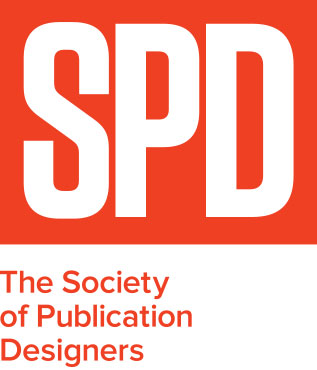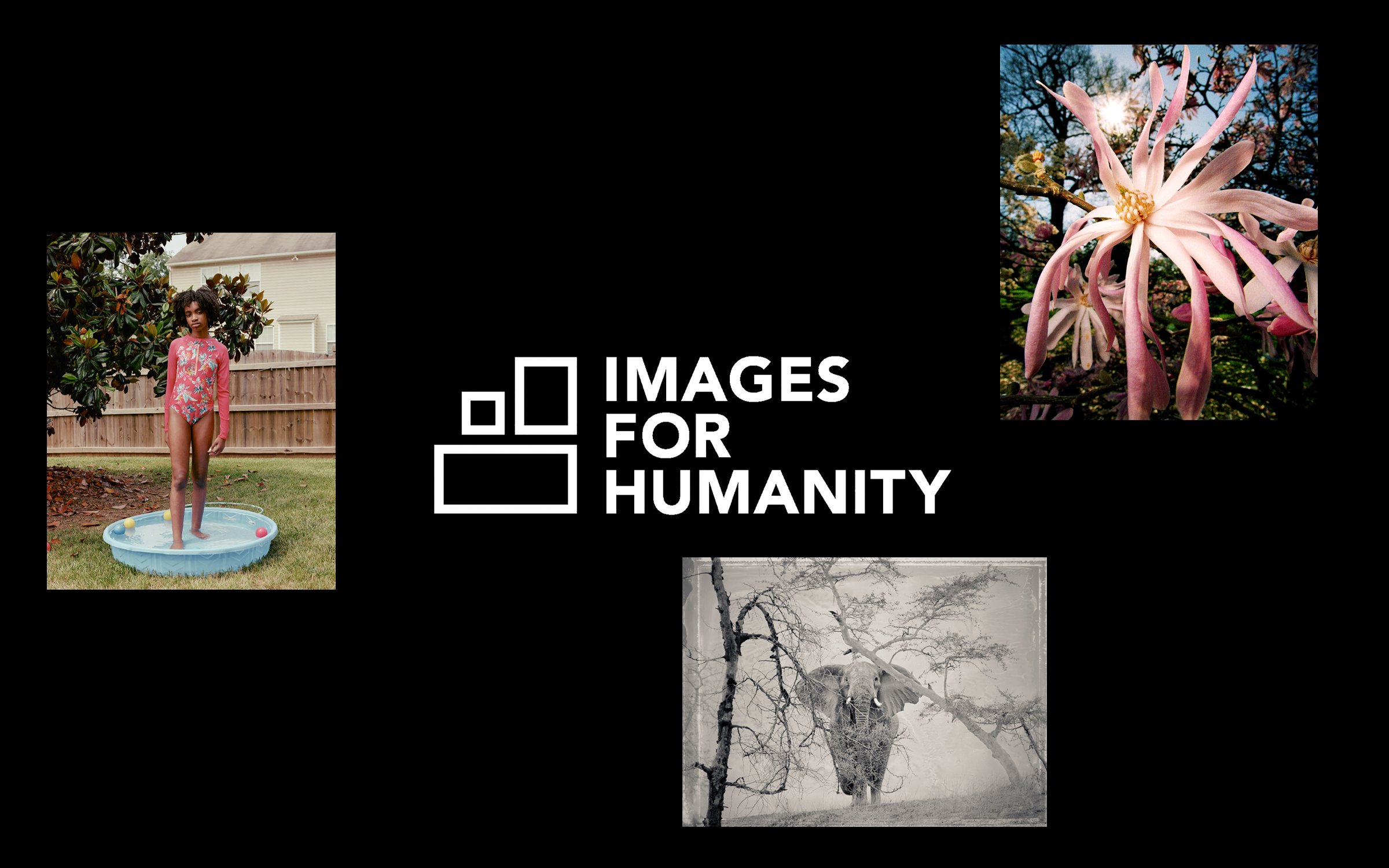Q+A with Allyson Torrisi, curator for Images for Humanity and deputy director of photography for People Magazine
/A collective of some of the world’s top photographers, curators, and industry experts have launched Images for Humanity, a nonprofit harnessing the power of photography to help people in crisis around the world.
Launched in May of this year with a Ukraine Crisis Fundraiser and print sale—featuring photos from a mix of more than 100 iconic, celebrated, and emerging photographers—the organization was founded by acclaimed photographers Andy Anderson and Max Hirshfeld. All profits from the print sale go to the Ukrainian Red Cross.
SPD chatted with Allyson Torrrisi, deputy director of photography for People Magazine and one of the curators for the project. View the full selection of images available with donation at imagesforhumanity.org.
SPD: How did the idea for Images for Humanity come about?
Allyson Torrisi: [Renowned photographers and cofounders of Images for Humanity] Andy Anderson and Max Hirshfeld keep in regular contact. They were zoom chatting in the early stages of the Russian invasion of Ukraine, wondering what they could do to help, and landed on the idea of a photo sale.
SPD: What drew you to the organization?
AT: My reason for joining the cause was a compassion for the people of Ukraine; their displacement and the ravages of an invasion like this creates. I have been in the photo world for a few decades, and I have experienced firsthand the power of photography.
Photography and photographers have had a longstanding relationship with crisis, and Images for Humanity, felt like an organic extension of that relationship. We aren’t inventing the photo charity, we have just created a larger one with what we hope will have an expanded impact.
Some of my favorite people were also involved, and I met some new favorite people. Laurie Kratochvil was my first boss, and has been kind of mentor; we’ve stayed in touch over the years, and when she invited me to be a part of it, there was no way I could say no.
SPD: What was the process for curation?
AT: Our priority was to bring together a diverse, impactful group of photographers that would help us raise money. Each curator, there are 5 of us, submitted a handful of names, and as we reached out we got such a great response that the list expanded to over 100 photographers.
Our request was simple: images that represented their work, personal or professional, and would be good for the cause. We also asked them to think about scale: the prints are gorgeous 8x10, on beautiful paper—so we wanted imagery that would scale well.
SPD: Do you envision the role of the organization evolving as different needs arise around the world?
AT: Yes, we imagine this organization expanding and helping other causes, we are already thinking of ways that the curation and the organization can support other causes.
We’re fortunate to have photography as our medium, as it supports this need for versatility.





